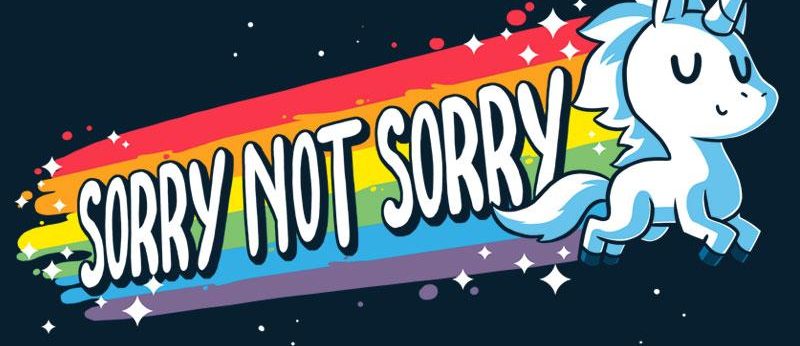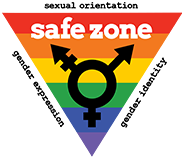
Public apologies: the quickest way to say you’re sorry without having to actually show any remorse. We’ve seen a slew of public apologies since the #MeToo movement began, but if we think back, we can see they’re really nothing new. It seems a right of passage for those in the public eye to commit some sort of faux pas and almost, but not quite, apologize for it.
In a BBC comedy video (LINK), Rachel Parris gives some tongue-in-cheek advice about how to craft a good “I’m sorry.” She highlights some of the common “missteps” we hear these fauxpologies for: racism, calls for police brutality, and sexual assault. What could, in fact, be considered hate crimes, calls for state-sponsored terrorism, and criminal activity, are instead swept under the rug in a gentle “sorry, not sorry” apology.
Ms. Parris discusses the three main types of public “apologies”: 1. “It was taken out of context;” 2.”I’m sorry I used upsetting language;” and 3. “If I did that, I’d be sorry.” It’s easy to see why these aren’t real apologies at all. There’s no context that justifies abusive language or jokes. The language isn’t usually the problem; the actions are. Finally, if you’re offering a conditional apology, it’s no apology at all. Apologies without accountability are just empty words.
Our willingness to forgive and forget, particularly for powerful abusers, allows abuse to continue to thrive and for victims to feel silenced and re-traumatized. Look at any interview with Ray Rice after video surfaced of him knocking his then-fiance unconscious to see what an apology looks like from an abuser who is only sorry he got caught. Listen to Ms. Parris talk about Kevin Spacey to hear what a serial sexual abuser sounds like when forced to face his past. Listen to the countless non-apologies we’ve heard over the years and wonder how we, as a society, haven’t gotten any better.
It’s time we starting expecting better apologies. And it’s time we started demanding accountability. It’s time we started seeing changed behavior not just nice words.



